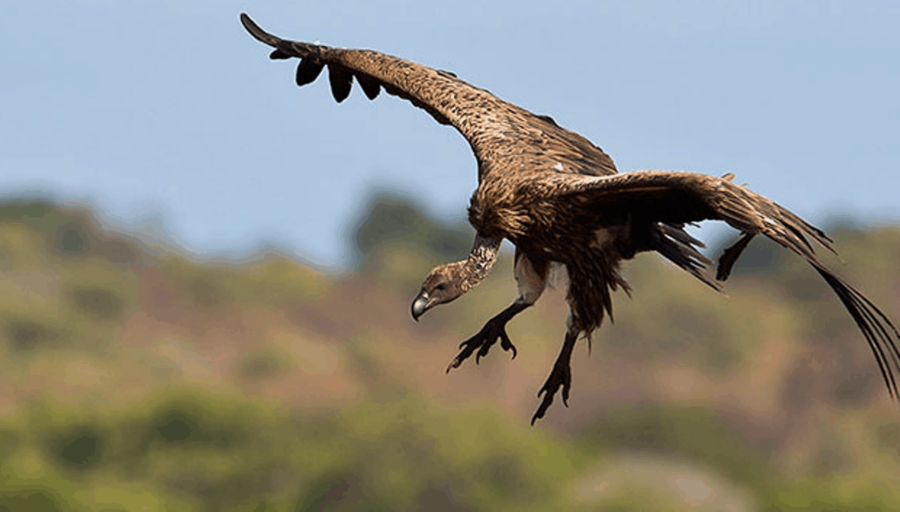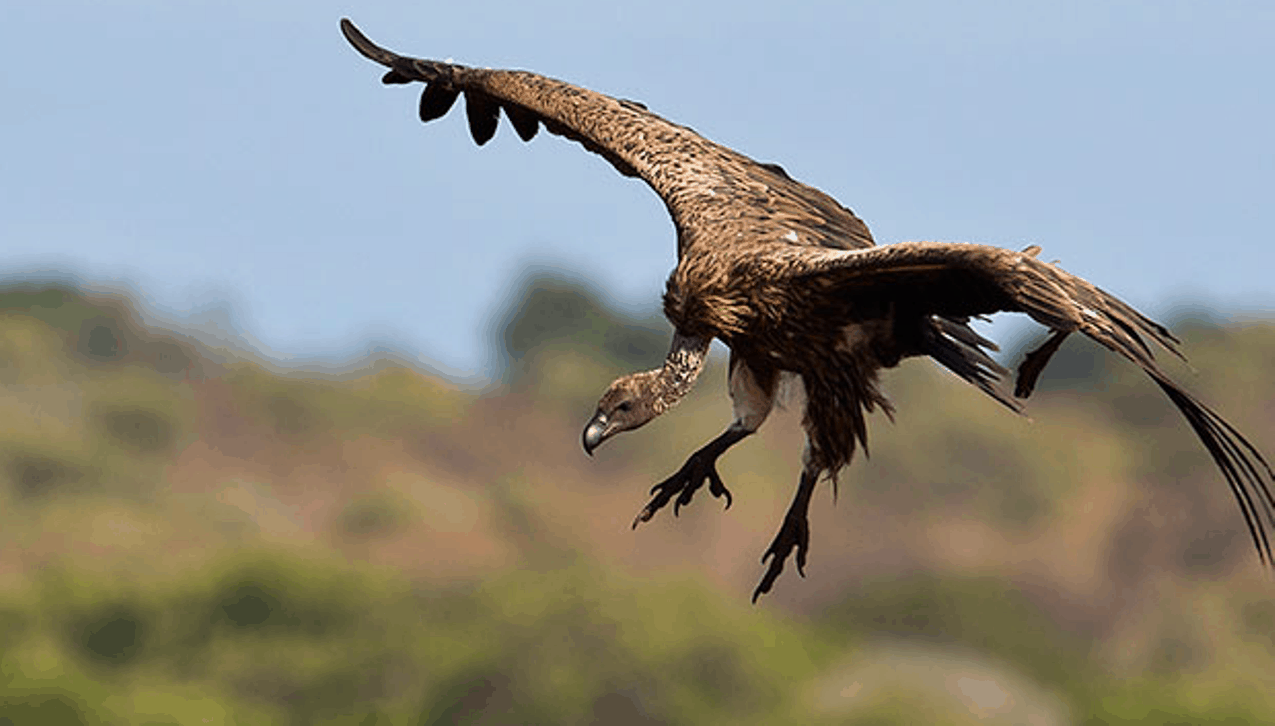
DA outraged at mass poisoning of vultures in Kruger Park
The DA has expressed outrage at the mass poisoning of critically endangered vultures in the northern parts of the Kruger National Park.

Earlier this month the team from Moholoholo Wildlife Rehabilitation Centre were called by the Endangered Wildlife Trust (EWT) due to poisoning in the northern area of the Kruger National Park, due to their expertise in treating poisoned vultures.
Upon arrival at the scene, the results of the poisoning were devastating.
The wildlife that was found to be dead or dying when they arrived on the scene included one buffalo, one hyena, one jackal, 69 white-backed vultures (critically endangered), four lappet-faced vultures (endangered), two bateleurs (endangered), one marabou stork, one cape vulture, one tawny owl, and two hooded vultures (critically endangered).
Poisonings like this are a time-critical emergency and due to the vastness of the Kruger National Park, by the time they were able to get to the remote area, most of the animals were found deceased at the scene.
However, the team at Moholoholo, along with EWT, local veterinarians, and South African National Parks (SANParks), were able to rescue two white-backed vultures who have been taken to the centre and will begin the rehabilitation process aiming to release them back into the wild.
The Greater Kruger is a target for poisonings by poachers for various reasons, including the targeting of species such as lions which have a commercial value, or vultures which are used in traditional medicine.
A carcass, in this case a buffalo, is laced with pesticides containing a very potent poison.
A carcass such as this would naturally draw in a huge variety of species from large predators such as lions to specialist scavengers such as vultures.
Aside from targeting specific animals due to their commercial value, it is also thought that poachers focus on removing vultures from areas they intend to operate in as vultures act as early detection species alerting anti-poaching units to the presence of an illegally poached animal, such as a rhino.
Due in part to poisonings, vulture populations are in a steep decline.
2 000 VULTURES KILLED IN THE LAST 5 YEARS
In a media release on Thursday, the Democratic Alliance (DA) expressed its grave concern regarding the recent discovery of the poisoned vultures.
The DA added that the incident is part of a worrying pattern of vulture poaching and poisoning, contributing to a significant decline in the vulture population in the region, with an estimated 2 000 vultures lost in the park’s northern areas over the last five years.
Vultures play a vital ecological role, particularly in disease control and carcass decomposition, and their diminishing numbers pose a serious threat to ecological health and balance.
The DA believes that the ‘alarming levels of poisoning and poaching of birds of prey has not been prominently reported on or addressed by SANParks officials in the portfolio committee for Environmental Affairs, Forestry and Fisheries, raising red flags on transparency, oversight and the prioritisation of wildlife protection in our national parks’.
The DA urged the Minister of Environmental Affairs to take immediate action to investigate these mass killings and to implement urgent measures to protect these important birds.
